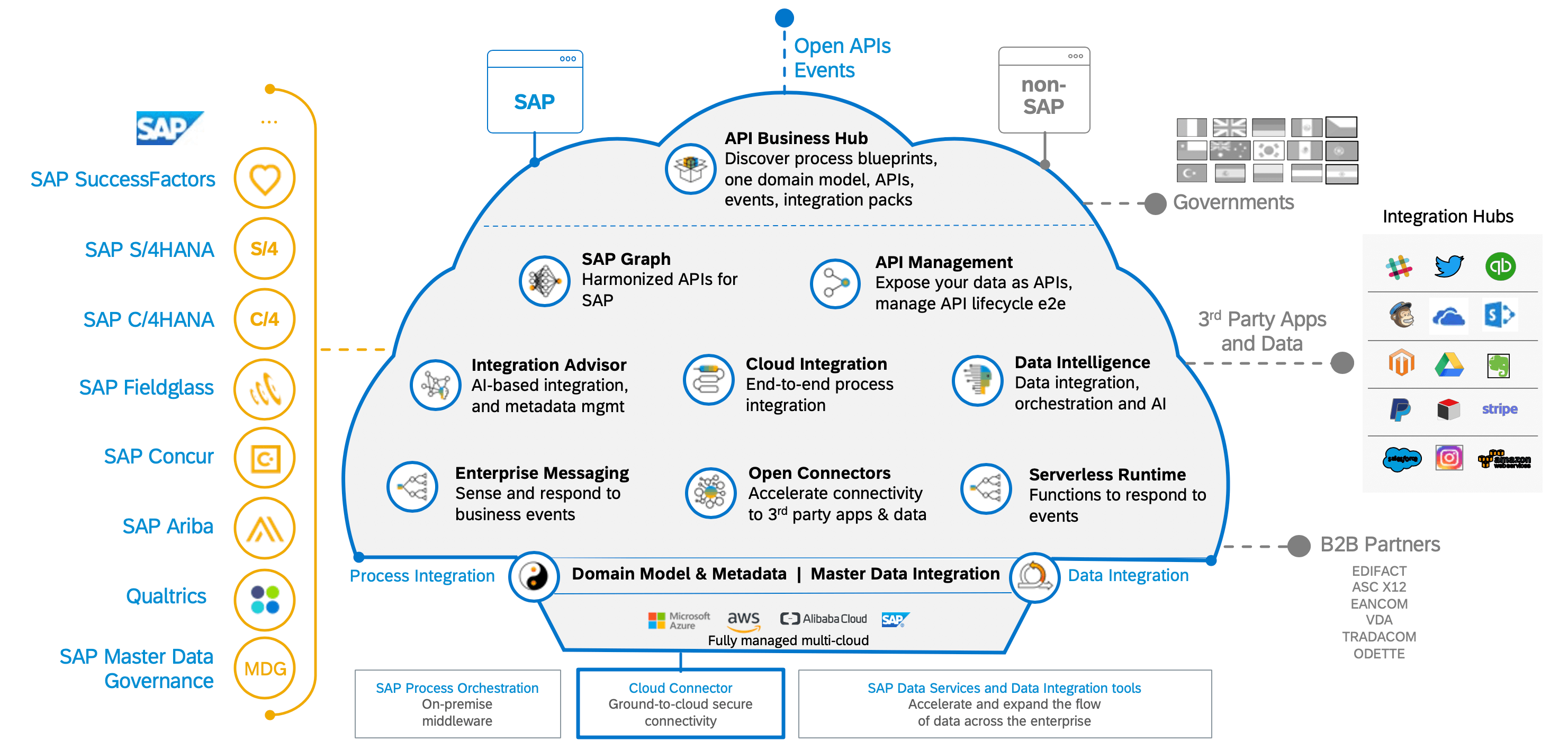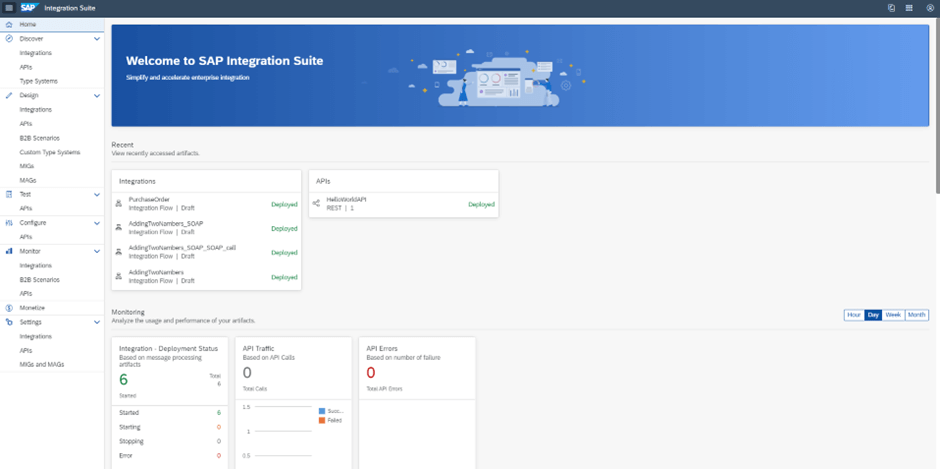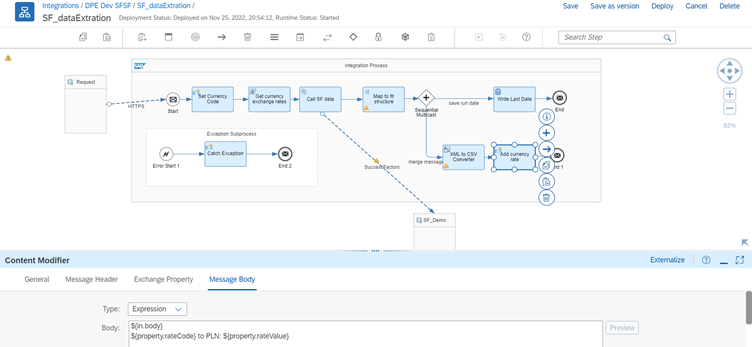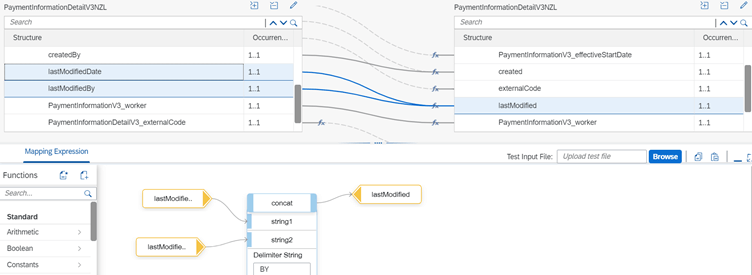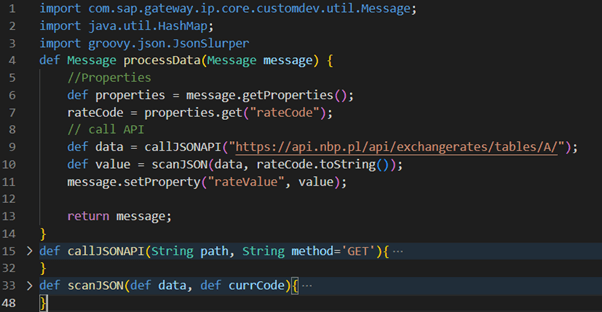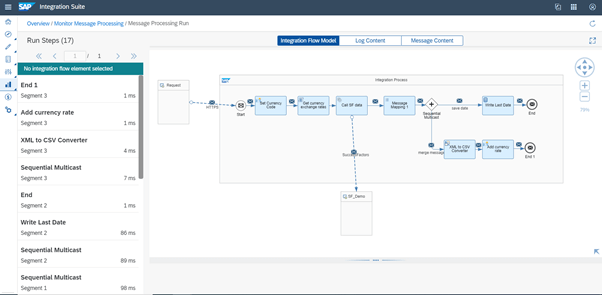In recent years, SAP has been intensively promoting and developing cloud solutions, and there is a specific reason for this – the current trend in the digital transformation of enterprises, as well as the direct benefits of this type of approach. In addition to providing a solution or tool, many customers also expect their architecture to have adequate scalability, performance and maintenance, which should ultimately lead to cost reduction. Currently, the widely understood cloud computing systems are the answer to these needs. It is here possible to make many divisions into types, categories, etc., but at a very general level three classes should be assumed: IaaS (Infrastructure as a Service), PaaS (Platform as a Service) and SaaS (Software as a Service).
In response to market expectations, SAP has created the Business Technology Platform (BTP), a central platform for configuring and managing the entire cloud ecosystem, both business and development one. It includes SaaS and PaaS solutions, one of which is Integration Suite (IS), a fully cloud-based integration platform.
SAP IS is, like SAP PO preceding it, middleware for managing the process of data flow between systems. Using a dedicated tool for this process provides greater control over key aspects such as the type of communication (protocols, adapters, synchronous/asynchronous, etc.), security (cryptographic mechanisms), data customization (mapping, data operations), message storage (queuing), etc.

